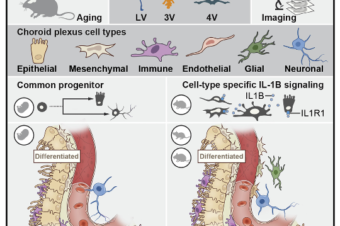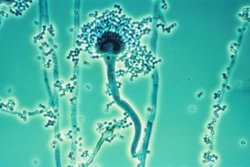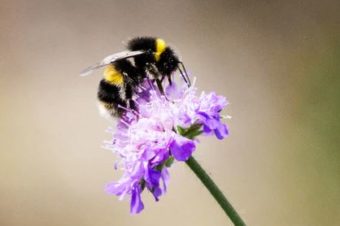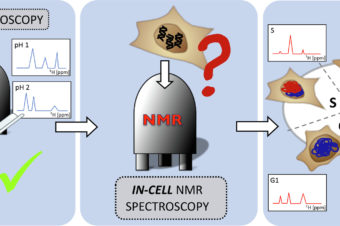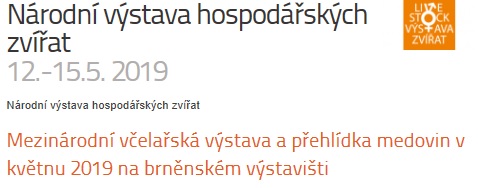It has been known for many years that in temperate climates the European honey bee,
Apis mellifera, exists in the form of two distinct populations within the year, short-living summer bees
and long-living winter bees. However, there is only limited knowledge about the basic biochemical
markers of winter and summer populations as yet. Nevertheless, the distinction between these two
kinds of bees is becoming increasingly important as it can help beekeepers to estimate proportion of
long-living bees in hives and therefore in part predict success of overwintering. To identify markers
of winter generations, we employed the continuous long-term monitoring of a single honey bee
colony for almost two years, which included measurements of physiological and immunological
parameters. The results showed that the total concentration of proteins, the level of vitellogenin,
and the antibacterial activity of haemolymph are the best three of all followed parameters that are
related to honey bee longevity and can therefore be used as its markers.
Similar Posts
Odběry trubců v rámci projektu Ministerstva zemědělství
Letos jsme v rámci projektu Ministerstva zemědělství a ve spolupráci s Univerzitou Palackého a Výzkumným... Read More
A cellular and spatial map of the choroid plexus across brain ventricles and ages
Abstract: The choroid plexus (ChP) in each brain ventricle produces cerebrospinal fluid (CSF) and forms... Read More
Characterization of Aspergillus fumigatus secretome during sublethal infection of Galleria mellonella larvae
Introduction: The fungal pathogen Aspergillus fumigatus can induce prolonged colonization of the lungs of susceptible... Read More
The Effect of Foraging on Bumble Bees, Bombus terrestris, Reared under Laboratory Conditions
ABSTRACT: Bumble bees are important pollinators broadly used by farmers in greenhouses and under conditions... Read More
In-cell NMR spectroscopy of nucleic acids: Basic concepts, practical aspects, and applications
Highlights NMR can provide information on the nucleic acids‘ structure, dynamics, and interactions in living... Read More
Přednáška o včelách na Národní výstavě hospodářských zvířat
Přednáška pro včelařskou veřejnost Read More

